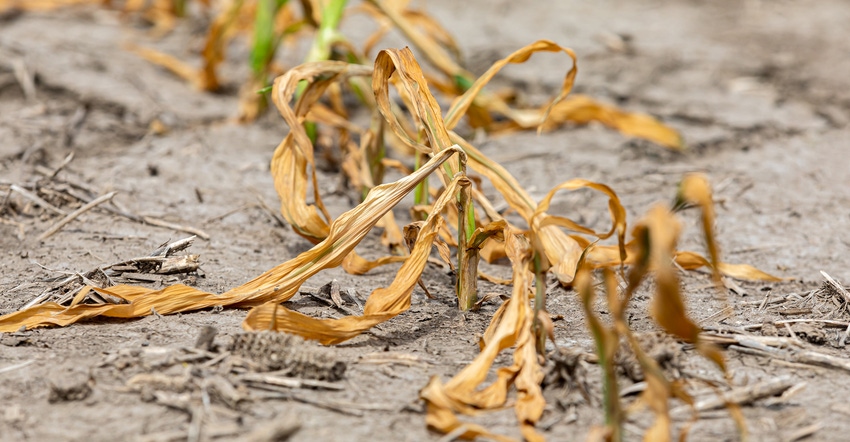March 1, 2022

As the March 15 deadline to finalize risk management plans for the year approaches, producers are faced with an important decision: yield protection vs. revenue protection.
Here’s a basic breakdown of both options:
Yield protection. This is the basic form of crop insurance. Let’s use a Northeast producer’s average numbers for grain corn as an example.
Your grain corn-approved yield — based on at least four years of your production history — is 160 bushels per acre. If you have a 75% yield protection policy, your corn yield guarantee would be 120 bushels per acre. Your yield would need to fall below this yield guarantee to experience a payable insurance claim.
If you produced 115 bushels per acre, you are 5 bushels below your insurance guarantee. You would be paid at the base price for 5 bushels per acre. The insurance policy brings you back to your guaranteed yield.
Enterprise unit policies are different in that all acres of the same crop in a specific county are combined on the policy, meaning your total yield would need to fall below your guarantee. So, if Farm A had a yield of 110 bushels per acre, and Farm B had a yield of 130 bushels per acre, that would bring your total production to 120 bushels per acre, which would result in no indemnity.
If you have an optional unit policy, where each farm and each crop is a separate policy, Farm A would be paid the difference of 10 bushels per acre, and Farm B would not receive an indemnity payment.
Revenue protection. This type of policy protects both yield and revenue. Revenue takes into consideration the base price, the harvest price and your revenue guarantee per acre. You still have the protection of a yield guarantee — just like a yield policy — but now if the harvest price drops, you could still be in a payable claim even if your production does not fall below your yield guarantee.
For example, let’s say grain corn sets a base price on March 5 of $5.50 per bushel. Base price is determined by the average of December future prices from Feb. 1-28. Your 120-bushels-per-acre yield guarantee multiplied by the base price of $5.50 means your insurance policy covers you for at least $660 per acre.
The harvest price, which is determined by the average of December future prices from Oct. 1-31, comes in on Nov. 5 at $4.50 per bushel. If you produce 130 bushels per acre — above your yield guarantee — you’re getting $585 per acre. That is a $75-per-acre difference between the price guarantee and the revenue to count. You would be paid the $75 per acre in this claim.
Another great piece of the revenue protection policy is that if you were to fall into a yield claim, you are always paid the higher of either the base price or the harvest price. If the harvest price is higher than the base price, you would be paid the harvest price per bushel up to your policy yield guarantee.
Know cost of production
You want your policy to cover at least your cost of production. Since yield protection is the foundation of protection, it is the less expensive option for insurance, but it does not cover a decline in the market.
Revenue protection offers market protection, so there will be an increased insurance premium. Revenue protection also gives you the confidence to forward-contract more of your crop.
If you forward-contract your 120 bushels per acre at a minimum of the base price, you have the confidence that you will be paid that amount for your crop either from your contract or from your insurance policy. If you do not meet your contract, you have the insurance money to buy out your contract.
Risk management is now more important than ever. It should also be a line item in your accounting budget. A yield protection policy is base-level coverage, and some coverage is better than none. A revenue protection policy can balance out the peaks and valleys the crop industry is facing.
Ricci is a Northeast marketing agent for Crop Growers LLP out of the Cooperstown, N.Y., office.
Crop Growers LLP is owned by Farm Credit East and AgChoice Farm Credit.
This article originally appeared on the Farm Credit East website.
You May Also Like




